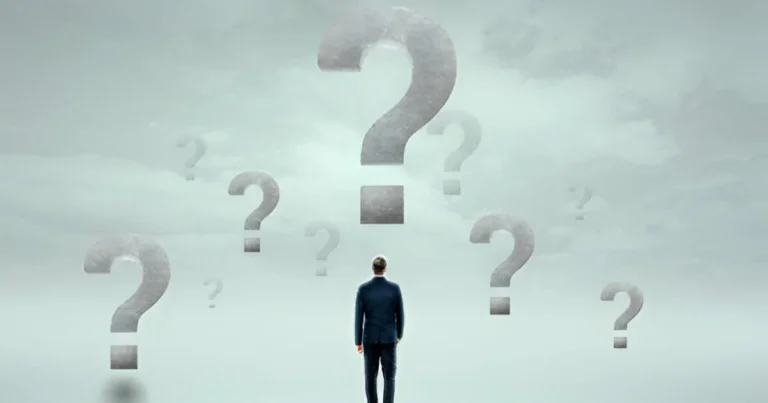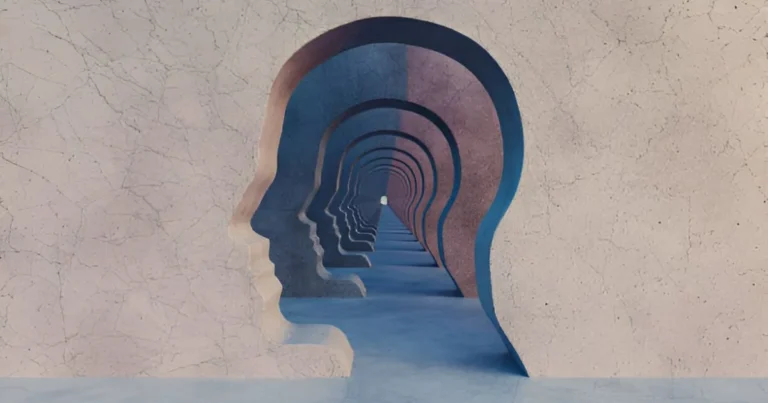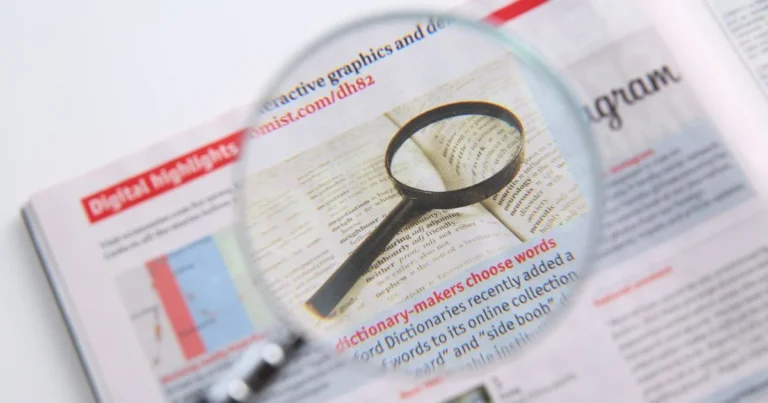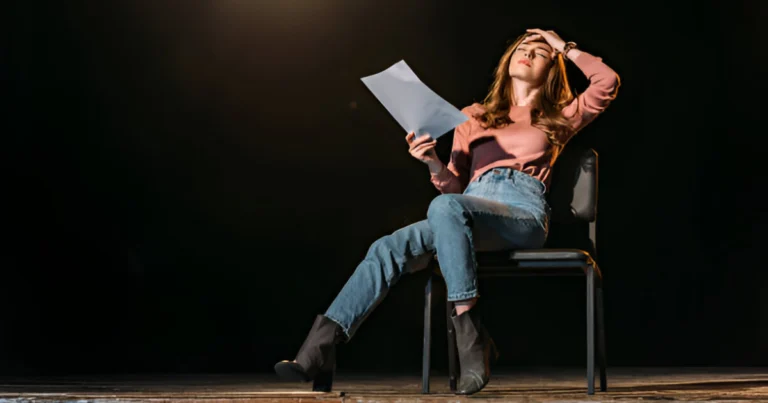Repressed and reloaded: Psychoanalysis in the age of social media
Freud defined the return of the repressed as the disguised resurgence of unconscious content into consciousness, material typically incompatible with the ego. It would emerge through slips of the tongue, dreams, neurotic symptoms, or failed actions. That mechanism still persists, but its stage has shifted. Today, it plays out across social media, through memes, hashtags, viral videos, and digital “buzz.”
What once lay hidden in the unconscious now resurfaces via digital channels, often collectively, stylized, or cloaked in humor. Across timelines and shared content, unconscious formations circulate more freely than ever before. Repetitive memes about anxiety, comedic takes on depression, confessions masked as viral anecdotes, these are the digital symptoms of a deeper unease. The repressed no longer returns in dreams; it returns in Reels.
This resurgence often takes the form of ironic detours, aestheticization, or trivialization. Sadness becomes “aesthetic”; loneliness is filtered in black and white. Dark humor acts as a collective defense mechanism, defusing internal tensions that individuals, or entire societies, struggle to symbolize. These are not just signs, but symptoms that speak in place of the subject, without their awareness.
The algorithm: Active mirror of the unconscious
The return of the repressed isn’t merely about content, it’s embedded in the very logic of the platforms themselves. Algorithms don’t simply “suggest what we like”; they amplify what haunts us. They feed Freud’s compulsion to repeat, exposing us over and over to the same objects of desire, envy, rivalry, or fear, wrapped in the guise of entertainment.
We think we’re choosing what we consume, but more often, it’s the symptom that chooses us. Users return compulsively to the same profiles, the same videos, the same traumatic narratives, not out of preference, but psychic necessity. The screen becomes a mirror for an unconscious caught in an endless loop.
This digital dynamic clashes with the very functioning of the unconscious. In the digital age, nothing is truly lost, everything leaves a trace. But repression, in Freud’s model, depends on forgetting: casting away what consciousness cannot bear. What happens to this mechanism in a world where every word, every image, every crack can resurface at any moment?
Digital memory resists repression, it preserves precisely what the unconscious seeks to erase or distort. The result can be a form of psychic saturation: an overload of images, data, and memories that defy symbolic integration.
The unconscious hasn’t disappeared, it has adapted. Today, it wears the guise of obsessive likes, endless scrolling, and posts shared hundreds of times. The repressed now returns not in silence, but as a push notification.
Mirror, Mirror, on my phone…
Once upon a time, Narcissus drowned in the reflection of a still pond. Today, he drowns in his own stories. No need for clear water anymore, a front-facing camera, a “perfect skin” filter, and voilà: the self is served up, ready to be liked, shared, retouched… and why not, sponsored.
The moment you open a social media app, you step into a virtual gallery where everyone displays a premium version of themselves. Exotic travel photos, frothy coffees, inspirational quotes, sun-kissed skin (courtesy of the “Bahamas” filter), it’s all there. But don’t be fooled: what looks homemade is often emotional fast food, reheated for show.
In the age of the digital self, everyone becomes the star of their own internal reality show. But behind the curated image, something else often lurks, a fracture, a longing, sometimes even a deep void. As Lacan once said, “the ego is a misrecognition,” and he would have found Instagram a perfect stage to demonstrate his theory.
This phenomenon has a name with a certain flair: digital hyper-narcissism. It’s not an insult, it’s a cultural diagnosis. It’s not just about loving oneself a little too much; it’s about existing only through the gaze of others. The posted image becomes a kind of enchanted mirror: “Tell me how much you love me today.” But this mirror is ruthless. It doesn’t reflect who I am, it reflects who I want you to think I am.
And the shinier the image, the more likely it is to conceal a profound anxiety, the fear of not existing outside external validation. Freud might have called it a classic narcissistic neurosis… now streaming in 5G.
The false self: A shiny armor
At this point, it’s time to call in Donald Winnicott, the British pediatrician and psychoanalyst who coined the concept of the false self, a façade, a social mask built to please, to adapt, to survive in a demanding environment. This constructed persona serves to protect the true self, which is more vulnerable, more genuine.
On social media, the false self thrives. It’s always smiling, eats clean, practices yoga, and reads philosophy. It never hesitates, never struggles. It’s calm, positive, inspiring… and entirely unreal.
This false self can be useful, like a polished suit of armor. However, over time, it becomes suffocating. The more we feed the façade, the more we disconnect from our own desires. The self turns into its own community manager: “Should I post what I actually feel, or what will boost engagement?”
Today’s narcissism is no longer just personal, it’s scripted, amplified, and algorithm-driven. In short, we end up influencing ourselves so much that we forget who we really are.
Who am i without the views?
The race for likes has become a new kind of initiation ritual, one that replaces the question “Who am I?” with “How many views did I get?” The desire for recognition, a fundamental driver of human subjectivity, morphs into an algorithmic obsession.
However, when this desire isn’t symbolized, when it isn’t given meaning, it spirals out of control. It mutates into a fantasy of omnipotence. With my phone, I can show everything, say anything, control every detail. I become the author, director, and star of my own life trailer.
This fantasy feeds off a powerful illusion: the idea that we can escape lack. A like becomes a tiny narcissistic bandage. A hundred likes? Euphoria. None at all? Collapse. The digital stage turns into the backdrop of an exhausting emotional cycle: anticipation, reward, disappointment, repeat.
Psychoanalysis had already sensed it: the modern subject is caught in an economy of the gaze. Today, that gaze is quantified, scored, made visible. Lack is no longer something we speak of, it’s something we measure.
Smiling faces, silent suffering
Behind the smiles polished by FaceApp, there is often silent distress. Teenagers break down when a post flops. Adults retreat into isolation from comparing themselves to fictional lives. Smiling faces mask sleepless nights. In short, everyone seems fine, and no one really is.
This is the paradox of social media: the more we show ourselves, the more we risk losing ourselves. The more we chase recognition, the further we drift from our own desires. The more we perfect our image, the more we may come to loathe it when it fails to “perform.” The logic of visibility creates a kind of split: the online image rises, while the self diminishes. There are those who succeed online, the influencers, and those who watch them, envy them, and constantly feel not enough.
Being real in a world of illusions
Is all hope lost? Not necessarily. There’s still room for a more thoughtful, subversive, or poetic use of these platforms. Some people post poetry, clumsy sketches, raw moments of sadness, or quirky confessions. And they strike a chord, because they’re real. The problem isn’t the image itself, but the pressure for it to conform. It’s not about refusing to post, but about posting from a subjective place, not from an algorithmic script of collective desire.
To do that, we sometimes need silence, solitude, and slowness. Three things the digital world resists, but the unconscious craves.
Because the shop window of the digital self is overflowing: dazzling photos, profound quotes, smiles locked into place. But the interior space often echoes hollow. That emptiness stems from a disoriented desire, a self seeking meaning, an unconscious no longer sure where it belongs.
Psychoanalysis does not fear emptiness, it listens to it. Nor does it fear images, it questions them, interprets them. In a world where shouting feels necessary to exist, it sometimes invites us to be quiet, so we can finally meet ourselves.
So next time your selfie doesn’t land, or your post goes unnoticed, consider this: maybe your unconscious is watching, and waiting for you to speak to it. Unfiltered.
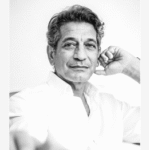
Hamid Cheddadi
Clinical Psychologist and Visual Artist
• Born on June 15, 1955, his journey bridges the realms of art, healing, and thought.
• Trained in the 1980s at the Poh Chang Academy of Arts in Bangkok, he developed a pictorial sensitivity deeply influenced by Asian aesthetics and spontaneous expression.
• As a painter, he explores the bodily and spiritual dimensions of therapeutic practice.
• He earned a diploma in osteopathy in Chiang Mai in 1992.
• Certified therapeutic yoga instructor (healing art), drawing inspiration from Japanese traditions.
• Former lecturer at ITM (Information Technology Morocco).
• Holds a Master’s degree in Clinical Psychology from the École Supérieure de Psychologie de Casablanca, practicing as a clinical psychologist.
• His therapeutic approach unfolds at the crossroads of art, the unconscious, human suffering, and spirituality.
• He lives and works in Casablanca, where he continues to paint, care, write, and share his knowledge.


